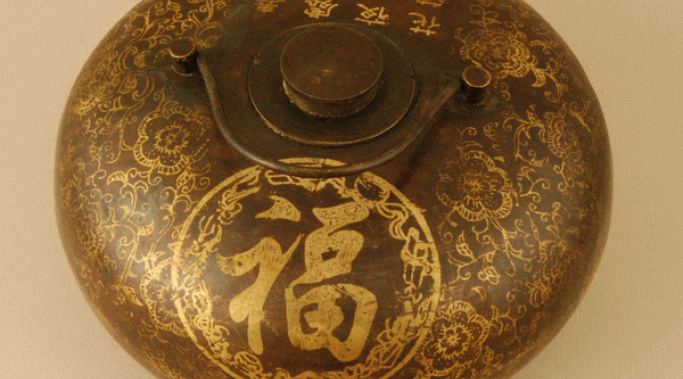Blogs
Death and Grief are Costly
Mentally, emotionally, physically and financially, death and grief are costly. In third place behind the purchase of a home and weddings, funerals are one of the costliest purchases a family will make. The average funeral costs $7-10,000 with a casket; a cremation service typical runs $3000. Yes, death can be quite a racket.
What Fuels the High Cost of Grief
In many instances, it's guilt and a sense of doing right by the deceased. A morbid sense of "keeping up with the Jones' also takes over when death comes to call. No one wants to envision his or her loved one in a pine box, lacking flowers, lacking music, a eulogy and the niceties of a departure. Yet the realities of relationships may be far different from the warm tones of rubbed oak, hushed tones, loving remembrances and glorious notes. We do our best and wonder if it is enough - perhaps if we are enough. Guilt keeps us up at night, gives us migraines, creates waves of grief while standing in the grocery line and can interfere with our cognitive abilities.
Anthony D'Aconti
It's safe to say I've been a procrastinator for as long as I can remember. Before I learned about anxiety disorders, I always thought the single greatest driving factor behind procrastination was laziness. After discovering the truth about anxiety and procrastination, I now see the deeper meaning behind putting things off.
Your negative thoughts are very powerful. Think of a snowball rolling down a steep hill, the more traction it gains, the more likely it will turn into an avalanche of snow. The same is true for negative thoughts. That tiny moment of "I can't", "I suck", "I should be...", can start the snowball effect in your mind. Negative thoughts can affect your entire day and life if you let it.
Life is fragile. Embrace life. Life is worth living.
You may have heard those statements more than a million times and even though they sound cliché, they are very true. Every moment, someone dies. I may not know the statistics, but people die at frightening rates. Whether it is from disease, old age, an accident or suicide, every life is worth cherishing.
Anthony D'Aconti
I remember my first experience with group therapy. While enrolled in a day program – the next step in the treatment process after a brief hospitalization – I reluctantly sat down with a therapist along with a handful of individuals also struggling with social anxiety disorder, among other mental health ailments.
Five days a week, the therapist reinforced the role of cognitive behavioral therapy - to help us change our thoughts and perceptions. (Social Anxiety Treatment) Among the most common statements shared with the group included “we are in a safe place now” and “how did that make you feel?”
As I mentioned last time, combat post-traumatic stress disorder (PTSD) is a subtype of standard PTSD so when we talk about the psychotherapies that effectively treat combat PTSD, we are really talking about psychotherapies for PTSD in general.
The good news is that several psychotherapies have been shown to work in treating combat PTSD.
I tried to write this post earlier today, but evidently there were some comments and stories I needed to read first. Stories from addicts, ministers and other abuse survivors reminded me of how much I used to fight my abuser. I fought with my ex-husband so often that I accepted some isolation to spare myself the embarrassment of fighting in front of his friends. At the end, I think every one of the people my ex hung out with knew that I couldn't stand to look at him.
No wonder they believed his stories that I was miserable and unstable. I couldn't open my mouth without something negative about my ex sliding out. My feelings for him surrounded me like a prickly heat and they made me seem like someone I was not. Ugly. Hateful. Mean. My feelings for my ex made it easy for his friends to feel sorry for him, give him a place to stay, and believe his side of whatever story he told.
Much can be learned about a society by looking at its mythology. Had we time and inclination, we might consider the Tooth Fairy, Easter Bunny, Jolly Green Giant, and even Mickey Mouse with an eye to discovering what they reveal about our cherished values, aspirations, darkest fears, and cultural archetypes.
Sadly, since time is at a premium, we must move directly to an examination of that most venerated societal celebrity, Santa Claus. It will be clear after only a cursory examination that the disturbing psychological make-up of this (spoiler alert) fictional character has a great deal to say about the inner workings of the culture from which he emerged.
Every year, I'm faced with the same dilemma - what do I give to someone who has everything? And, every year, I come to the same conclusion; give in their name to a charity or a non-profit organization. This year, I'd like to recommend three different mental health organizations as possible contenders for your gift.
A friend of mine forwards articles she finds as she researches for a major paper. Recently, she sent a copy of an article about posttraumatic growth and life-threatening physical illness. The article, by Kate Hefferon, Madeleine Greal and Nanette Mutrie, cites this quote:
It is through this process of struggling with adversity that changes may arise that propel the individual to a higher level of functioning than which existed prior to the event.








